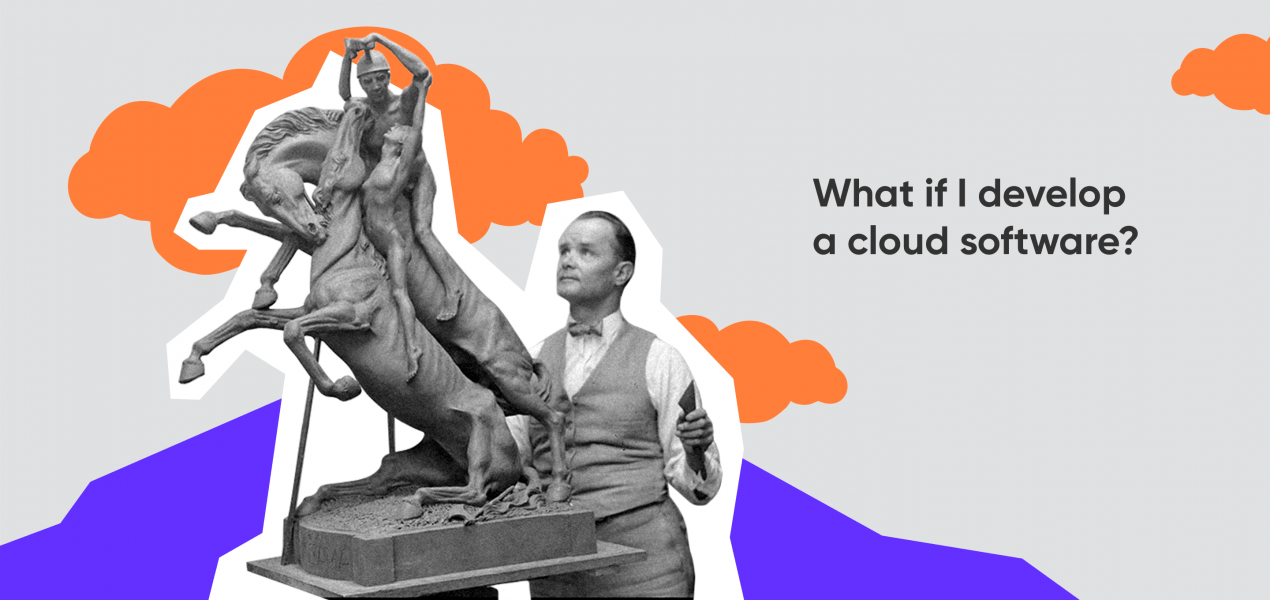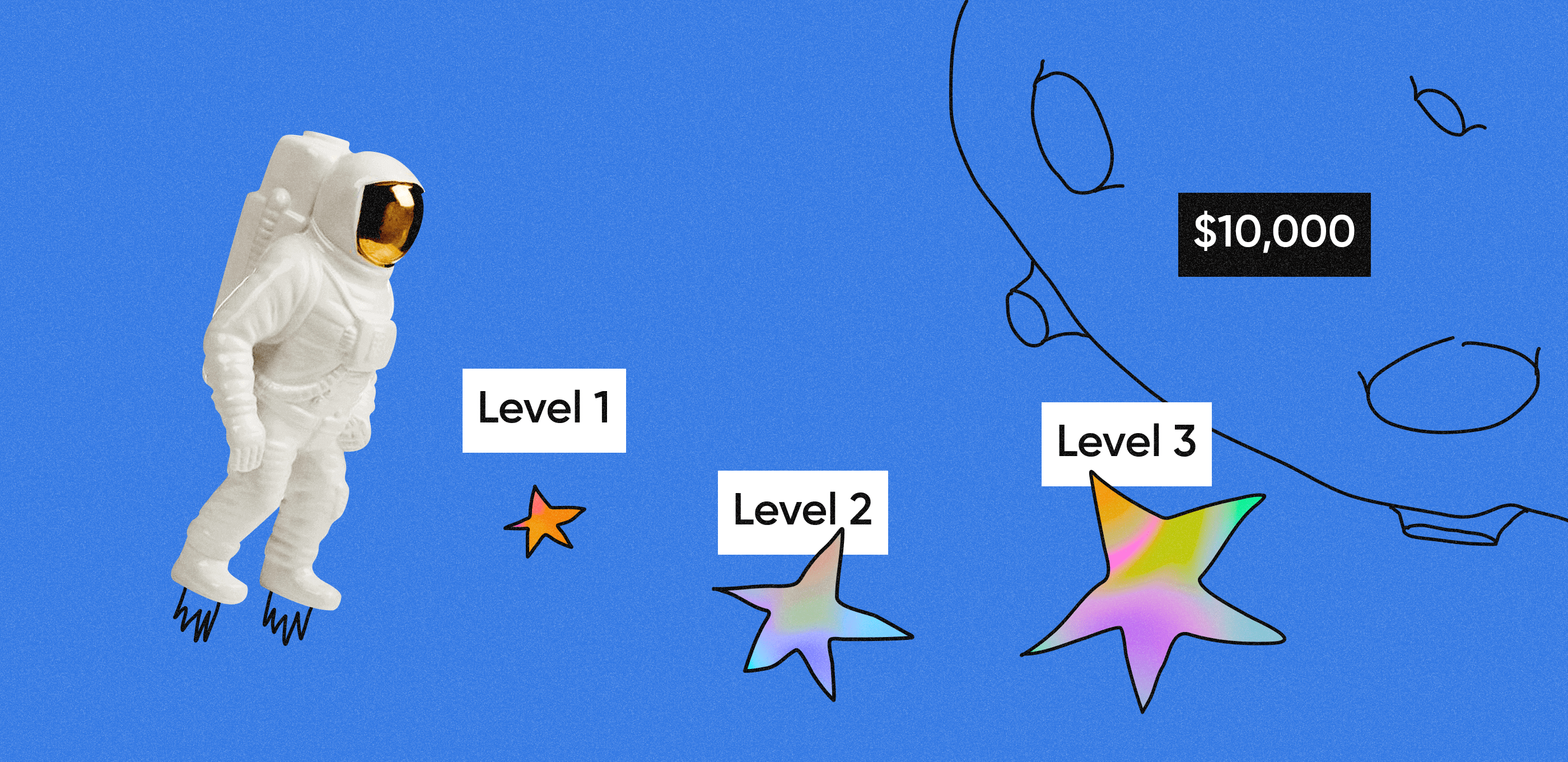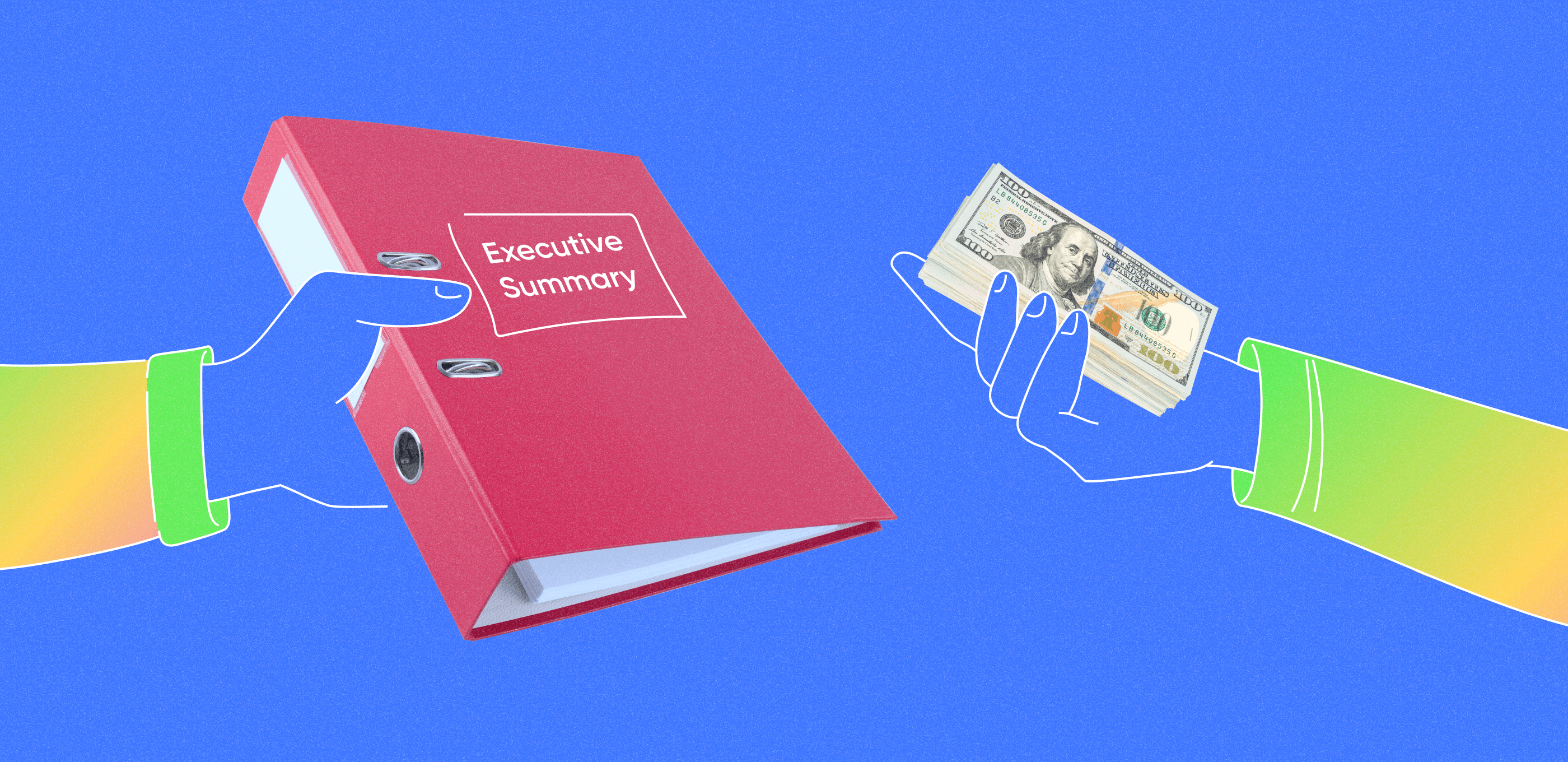The annual growth rate of the SaaS market is 18%. And it definitely looks like a good idea to launch the lucrative SaaS product. Of course, we don’t want to say that it is a piece of cake. Such demand makes the market pretty saturated, and newbies definitely face some challenges. However, it doesn’t mean you shouldn’t try since the second possible motto for this century is the risk.
So, where should you start? First, let’s learn SaaS basics.
What is SaaS?
SaaS stands for Software as a Service — it’s a software licensing model which provides access to the software product on a subscription basis. Usually, it’s a cloud solution, located on servers on the internet. Products that need physical media and custom installation are out of fashion — users can already access the applications over the Internet.
Top SaaS advantages
Let’s see why cloud-based solutions are a great choice for both businesses and users.
No need for hardware
Users don’t need to spend money on expensive hardware and deal with thorough installation, configuration, and running apps processes.
SaaS apps don’t care how much RAM the user’s computer has and which OS they use. If a device is able to launch a browser — that’s enough to start using cloud software.
Plus, users don’t need to store files on physical media, which means that the files won’t be lost. That’s how it works with graphic editor Figma: when the user creates a file — it’s stored in the cloud, and all changes are saved automatically.
When using offline apps, you need to save the progress manually, else — you can say goodbye to it.
Cross-platform
You don’t need to develop separate products for different platforms: the same application will work on the PC, tablet, smartphone, etc. Users can access the service from any device.
It is especially useful when it comes to working from home. During the COVID-19 pandemic, a lot of companies faced such an issue: employees couldn’t access the office software on their home devices. If these companies had used SaaS solutions, they wouldn’t have had such problems.
No more piracy
It’s almost impossible to steal SaaS solutions since users never actually get the end product — it’s located in the cloud. Users either pay for the service or they don’t get access to it. As simple as that.
People used to install pirate software because licenses were too expensive. Thanks to the SaaS model your product can be available for a bigger audience — it’s much more affordable to pay a small subscription price monthly or yearly than to pay a large sum once.
Real-time updates
Users of SaaS solutions always get the most recent version of the product. The provider of cloud services is the one responsible for updates, it doesn’t require any actions from users. And if there will be some bugs after the update, the provider can react and fix everything quickly.
Creators of local software get the most of profit from the initial sales of licenses, so they pay less attention to maintenance. In the long term, it’s more profitable for users to pay for a SaaS solution.
Learn SaaS startup business basics
So now that you learned SaaS model and its advantages, let’s see what you need to do before launching your SaaS startup.
Step 1. Research your target audience
Any product needs to solve some kind of a users’ problem and simplify their lives. If you don’t know the needs and wants of your target audience, you won’t be able to fulfill them. Never. Ever.
Start by finding out the basic information: gender, age, place of living, hobbies, and habits — this will help you figure out the users’ behavioral patterns and determine the must-have features for your SaaS product.
Step 2. Find contractors
When it comes to the SaaS startup development, you need a team of experienced developers. Here’s how you can find a contractor without getting upset in the process.
- Build your own team
- Hire freelancers
- Hire an outsourcing development company
However, the first 2 options are not the best choice for a startup since they need more of your time and finances. If you need to receive a high-quality result in the minimum possible time, hire an outsourced team.
 Check portfolios and reviews, contact the companies’ managers — it’ll help you find a reliable contractor
Check portfolios and reviews, contact the companies’ managers — it’ll help you find a reliable contractor
At Purrweb we focus on customers — that’s why we always start by determining a client’s objectives and expectations. You have no need to learn SaaS, delve deeper into the smallest details of the development process. Concentrate on your business tasks, and trust us to provide you with the product you need.
Step 3. Validate your idea
So, now you have enough information about people who will use your product. But even if you’ve compiled a book full of interesting facts, you never know what your audience really thinks about until you ask it.
To do that you need to develop an MVP, minimum valuable product. It is a market-ready solution that contains only the core features of your product. You can present it to the audience to gather feedback, analyze it, and come up with some new ideas.
Step 4. Find investments
The MVP has one more advantage you can’t ignore. Having a basic version of your future product, you can present it to investors to receive financing.
It is not so easy to make an impression when you have nothing to show. Your prospective investors might not learn SaaS, they may know nothing about it. The MVP is something people can see, touch, and try. It is something that can tilt the scales.
Examples of successful SaaS startups
1. Salesforce
Salesforce is a cloud-based CRM that users can access only after purchasing a subscription. Basically, Salesforce was the inventor of the SaaS model. When the company was founded, cloud technologies weren’t so popular and many developers were skeptical about it. But now Salesforce is #1 in the CRM market, and their revenue grows more than 20% every year.
2. Amazon Web Services
AWS is the most widespread cloud platform that provides a great variety of cloud services: hosting solutions, databases, computing technologies, an environment for product development. In 2019 AWS’s revenue was $35,03 billion.
3. Google Services
Google’s cloud services are becoming more and more popular. All you need to use these services with ease is to install Google Chrome browser and create a Gmail account.
4. Slack
Slack is a business communication platform. Users can access it via a browser or download Slack desktop app. The service appeared in 2014 and quickly replaced Skype and emails thanks to the app’s functionality and reasonable pricing — a standard subscription plan costs $6-8 a month for a user. Now more than 2.3 million users a day use Slack.
5. Dropbox
Dropbox is a file hosting service. Users can access their files hosted in the cloud from any device. Dropbox uses a Freemium pricing strategy: a user can create a free account with limited storage space, and if they want to expand that space, they need to subscribe.
6. Figma
Figma is a cloud service for designers. It allows several users to work on one project together in real-time — all files are stored in the cloud and any team member can access them from any device. This instrument is free for individual users and provides subscription plans for companies.
How to develop a SaaS product
Now that you learned SaaS model and the basics of this business, you can proceed to MVP development. An MVP can help to validate your idea without investing extra time and money. All you need is to find a reliable contractor — as we already mentioned, check their portfolios, experience, and reviews.
If you want to find out how much it costs to develop a cloud service MVP — contact us! We’ll discuss your project and tell you everything about costs and timelines.














